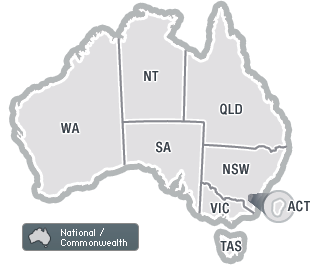An employer says it has made its workplace safer by introducing seven "safehaven" rules, and reduced its total recordable injury frequency rate (TRIFR) by 30 per cent.
According to Whitehaven Coal Ltd's 2013-14 annual report, its TRIFR fell from 20.11 per million hours worked in 2012-13 to 14.06 by 30 June this year.
This is its lowest TRIFR in five years, the report says.
Whitehaven – which has 655 full-time equivalent workers and a number of contractors – also reported a 42 per cent drop in its lost-time injury frequency rate, from 5.56 to 3.33 per million hours worked in 2013-14.
The company's health and safety group manager, Justin Lawrence, told OHS Alert that a number of Whitehaven's health and safety programs contributed to these results, including its seven safehaven rules, which were introduced in March.
The seven rules are:
- Never work at heights above two metres without fall protection/prevention;
- Always confirm that equipment is correctly isolated and de-energised before commencing work;
- Never operate maintenance or operational equipment unless trained and authorised;
- Never work on a tyre without first deflating it to a safe working pressure;
- Always follow positive communication requirements;
- Never enter designated exclusion/no-go zones without appropriate authorisation; and
- Always ensure that you are not standing or working within the fall zone of a suspended load, unsupported roof, unstable high wall or inadequately supported load.
Lawrence says the rules were developed to provide workers with further information and instruction on safe working methods, and to prevent "high consequence incidents".
"The rules were communicated to employees and contractors, including the consequences of any non-compliance," he says.
Following their introduction, there was a "concerted effort to resolve any issues where the application of particular rules may have been difficult".
Lawrence says Whitehaven spent 10 months developing and implementing the seven points, as it didn't want to introduce rules that were "incomplete or not suitable for some stakeholders and then have to apply amendments".
He says workers have responded positively to the rules.
"We believe that the implementation of the safehaven rules has made the workplace safer."
Lawrence says, however, that there isn't "one silver bullet" for ensuring the health and safety of the workforce, and Whitehaven's approach "includes a combination of systems, leadership initiatives and worker behaviours that reduce the likelihood of injuries occurring".
The company has improved its contractor management, developed and marketed the safehaven logo, and introduced programs on safety leadership, behaviour-based safety and group internal audits.



